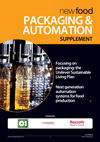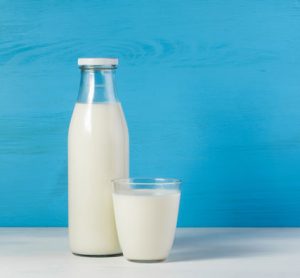Packaged chillers with ammonia as a refrigerant: the natural choice
6 September 2012 | By René van Gerwen, Global Lead Engineer Refrigeration & HVAC, Unilever Engineering Services
Industrial chillers for the supply of chilled water, cold glycol or brine, are frequently used over a long time, and have become even more attractive for several applications to replace direct refrigeration systems. Greenhouse gas footprint and lifecycle costs of ownership of industrial chillers can be significantly reduced by using…










